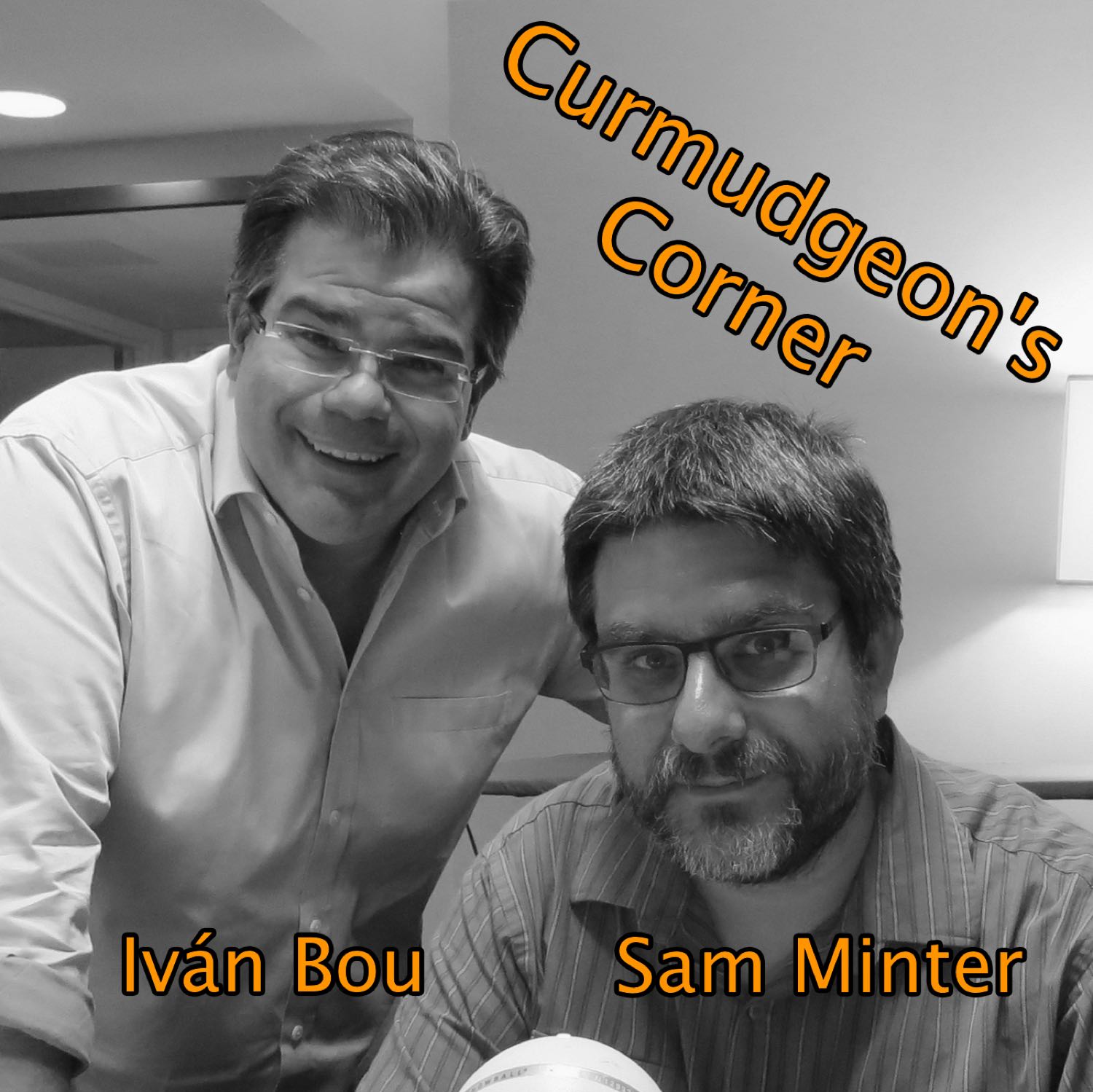Episode 2891
Interaction-free measurement
Thu, 2025-Apr-03 00:50 UTC
Length - 1:43
Direct Link
Welcome to Random Wiki of the Day, your journey through Wikipedia’s vast and varied content, one random article at a time.
The random article for Thursday, 3 April 2025 is Interaction-free measurement.
In physics, interaction-free measurement is a type of measurement in quantum mechanics that detects the position, presence, or state of an object without an interaction occurring between it and the measuring device. Examples include the Renninger negative-result experiment, the Elitzur–Vaidman bomb-testing problem, and certain double-cavity optical systems, such as Hardy's paradox.
In quantum computation such measurements are referred to as counterfactual quantum computation, an idea introduced by physicists Graeme Mitchinson and Richard Jozsa. Examples include Keith Bowden's Counterfactual Mirror Array, describing a digital computer that could be counterfactually interrogated to calculate whether a light beam would fail to pass through a maze.
Initially proposed as thought experiments by R. H. Dicke in 1981, interaction-free measurements have been experimentally demonstrated in various configurations.
Interaction-free measurements have also been proposed as a way to reduce sample damage in electron microscopy.
This recording reflects the Wikipedia text as of 00:50 UTC on Thursday, 3 April 2025.
For the full current version of the article, see Interaction-free measurement on Wikipedia.
This podcast uses content from Wikipedia under the Creative Commons Attribution-ShareAlike License.
Visit our archives at wikioftheday.com and subscribe to stay updated on new episodes.
Follow us on Mastodon at @wikioftheday@masto.ai.
Also check out Curmudgeon's Corner, a current events podcast.
Until next time, I'm standard Justin.
|
|


